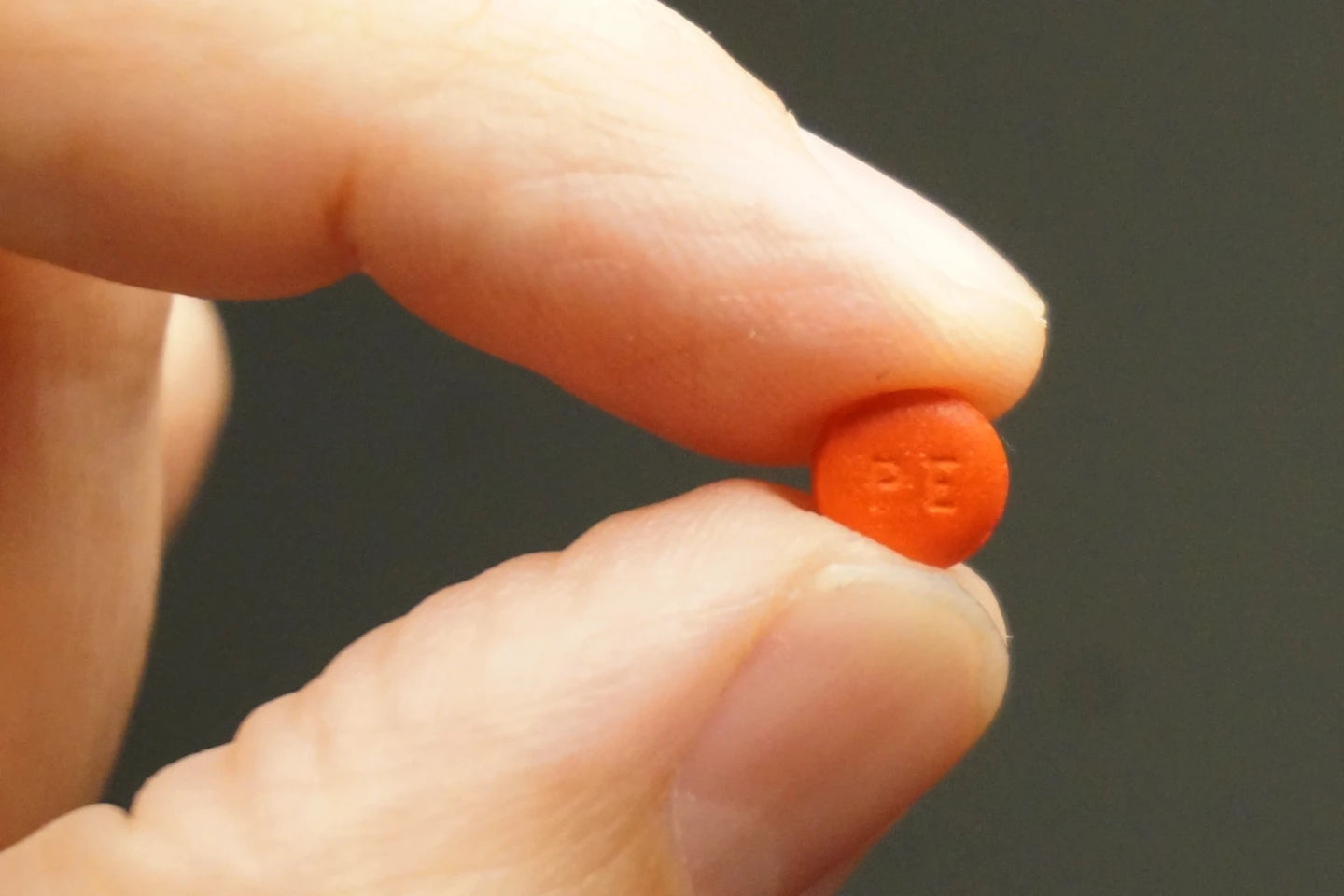Researchers make gut-wrenching discovery after studying rainwater around the world: 'We're not escaping that'
Researchers make gut-wrenching discovery after studying rainwater around the world: 'We're not escaping that'
Couldn't load pickup availability
Plastic particles have been found on pretty much every surface of Earth, and now, researchers say that in many places it's actually raining microplastics, posing threats to our water supplies.
What's happening?
As Vox reported, acid rain was once a major environmental crisis in North America and Europe, as it damaged trees, killed fish, and polluted waterways. After laws were passed to regulate acid-forming pollutants, acid rain became a thing of the past.
But now, plastics and forever chemicals are turning up in rainwater, and researchers worry how it will impact communities that rely on untreated rainwater for drinking, in addition to wildlife and ecosystems.
Scientists have observed plastic-tainted rain falling in China, India, and even remote mountain ranges in France, signaling it's a widespread issue.
The plastic-laden rain has also been documented in several national parks and wilderness areas in the Western United States. Researchers estimate that around 120-300 million plastic water bottles' worth of plastic fall on parks throughout the West each year.
"It's much worse than the acid rain problem," Janice Brahney, a biogeochemist at Utah State University who led a study on plastic rain, told Vox. "With acid rain, we could stop emitting acid precursors and then acid rain would stop falling. But we can't stop the microplastic cycle anymore. It's there and it's not going away."
Forever chemicals, also known as PFAS, have also been found in rainwater in numerous places, including Miami, and researchers say concentrations of the chemicals are often above what's considered safe for drinking.
Why are microplastics in the rain concerning?
As Vox explained, since most people don't drink untreated rainwater directly, it's not much of a concern unless they live in rural or underprivileged areas. But since the plastic rain ends up in waterways that connect to city water systems, and most treatment plants do not remove all microplastics, it's still likely getting into drinking water in many locations.
Any amount of microplastics and forever chemicals in water supplies is detrimental to human health, though, as they have been connected to numerous conditions such as reproductive issues, birth defects, heart disease, and thyroid problems.
And since animals can't avoid drinking untreated rainwater, they're especially at risk of developing health issues.
"If we have these contaminants in our rainwater they're getting into our groundwater," Brahney said. "They're infiltrating our soils. Every organism is interacting with rainwater."
"To be honest, I cry, because there's no walking this back," Brahney said about microplastics to Vox. "These particles don't break down at a time scale that would be relevant. So yeah, we're not escaping that."
What's being done about it?
Luckily, some states are cracking down on companies that use PFAS in their products. In Minnesota, state officials banned the harmful chemicals from 11 product categories, including cleaning products and cookware. In New Mexico, lawmakers proposed a bill to ban them from oil and gas operations.
As far as plastics, we can help keep them out of the environment by using less of the material and opting for plastic-free alternatives like canvas grocery bags or ground coffee rather than single-use pods.
Join our free newsletter for good news and useful tips, and don't miss this cool list of easy ways to help yourself while helping the planet.
Share

